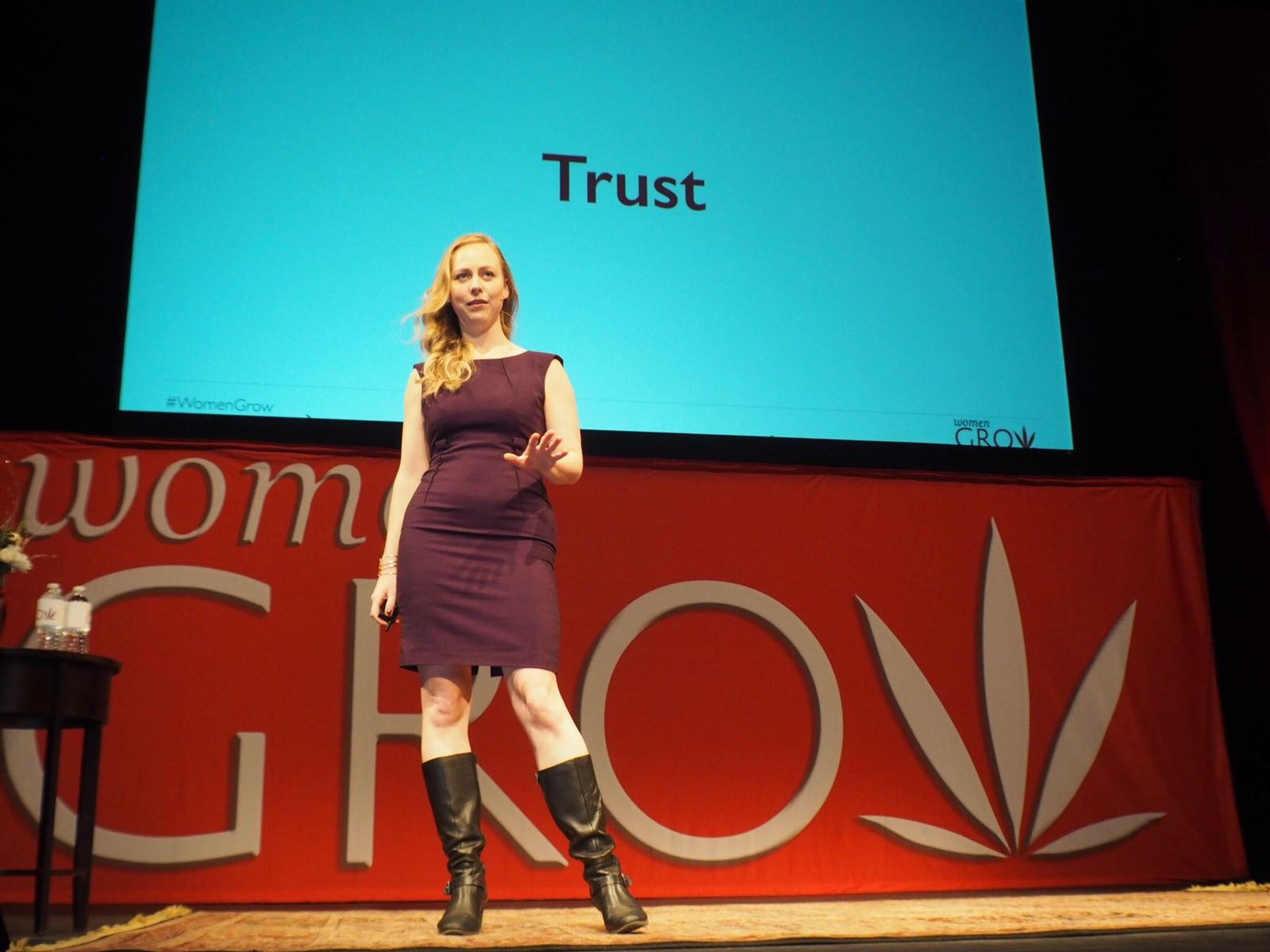
Is self publishing my book worth it?
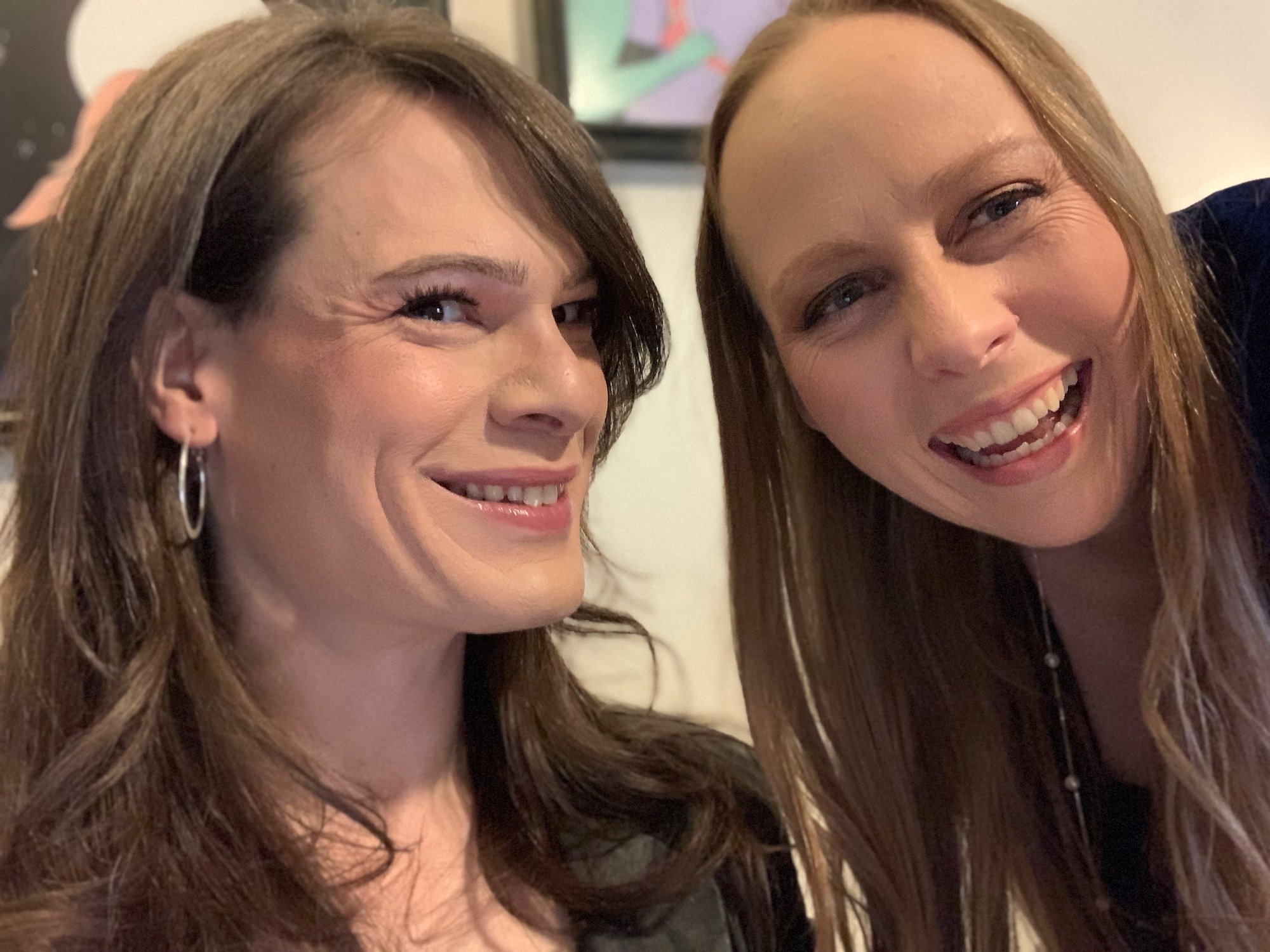
21 Questions to Ask Before You Become Co-Founders or Collaborate

How to attend a Black-centric party as a white person

Answering Your Strangest Questions about Nine Perfect Strangers

When you breathe in does your stomach go out?

My ‘why’ on The Quantum Alignment Podcast with Dr. Pepper Hernandez
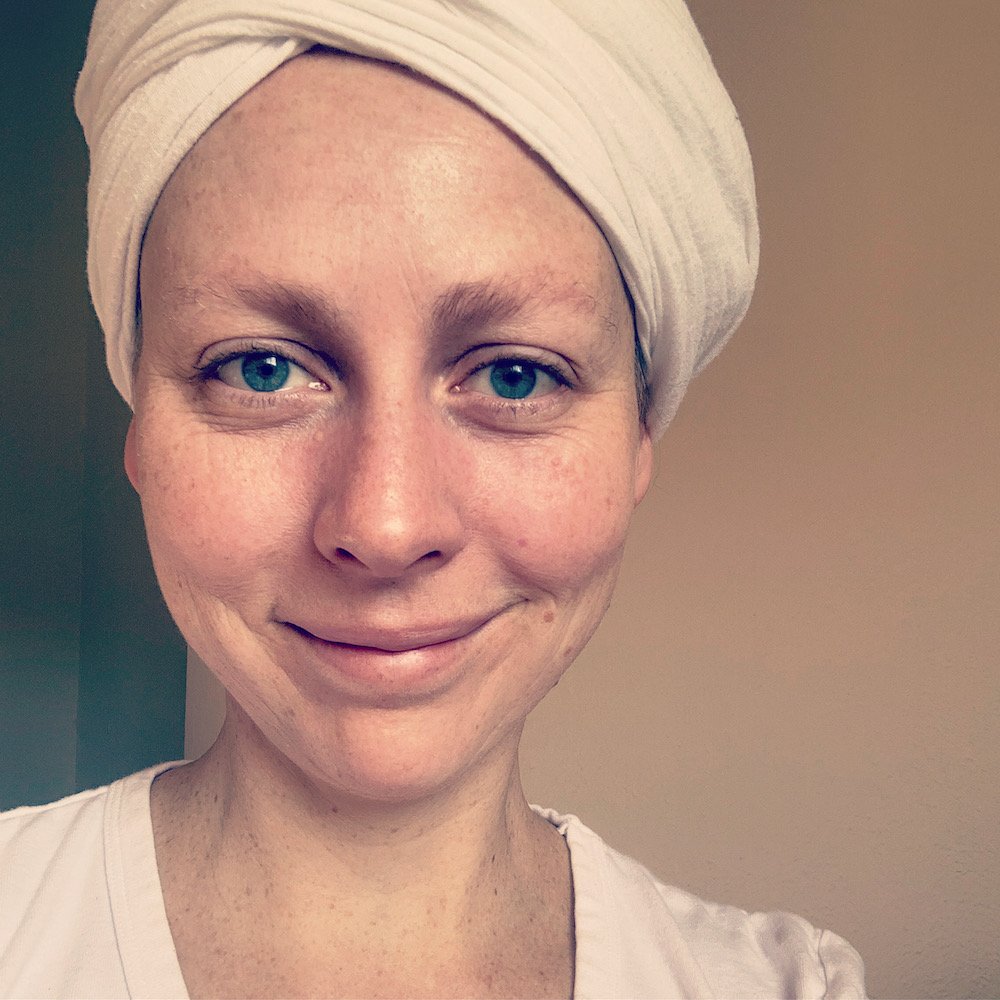
Get a Daily Dose of Anti-Racist Education
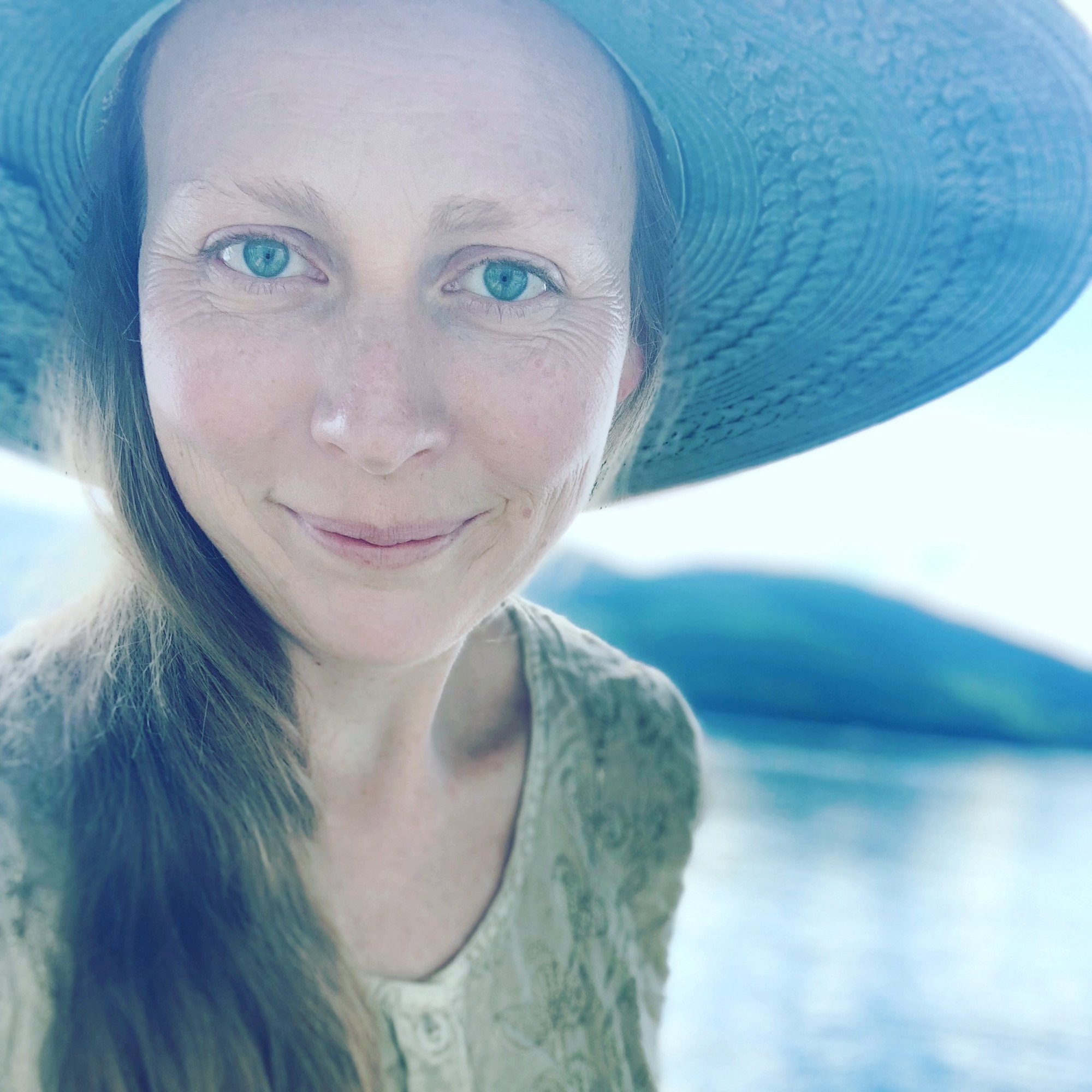
Database of Psychedelic Communities & Resources

Stretching for Sitting in Meditation

6 Stupid Easy Changes to Make Your SquareSpace Website More Pro

9 Tips for Going Home to Visit without Going Crazy

I tell UCLA Anderson MBAs My Story (video)
Watch one of the first business school panels on cannabis business opportunities. Speakers include Jazmin Victoria Hupp, Kenny Morrison, Christian Groh, and Jim Baudino.

Are you testing your drugs for fentanyl?

What’s your perfect magic mushroom psilocybin dose?

Black-led Projects for Psychedelic Healing

Muscle Testing & Pendulum Testing Your Drugs
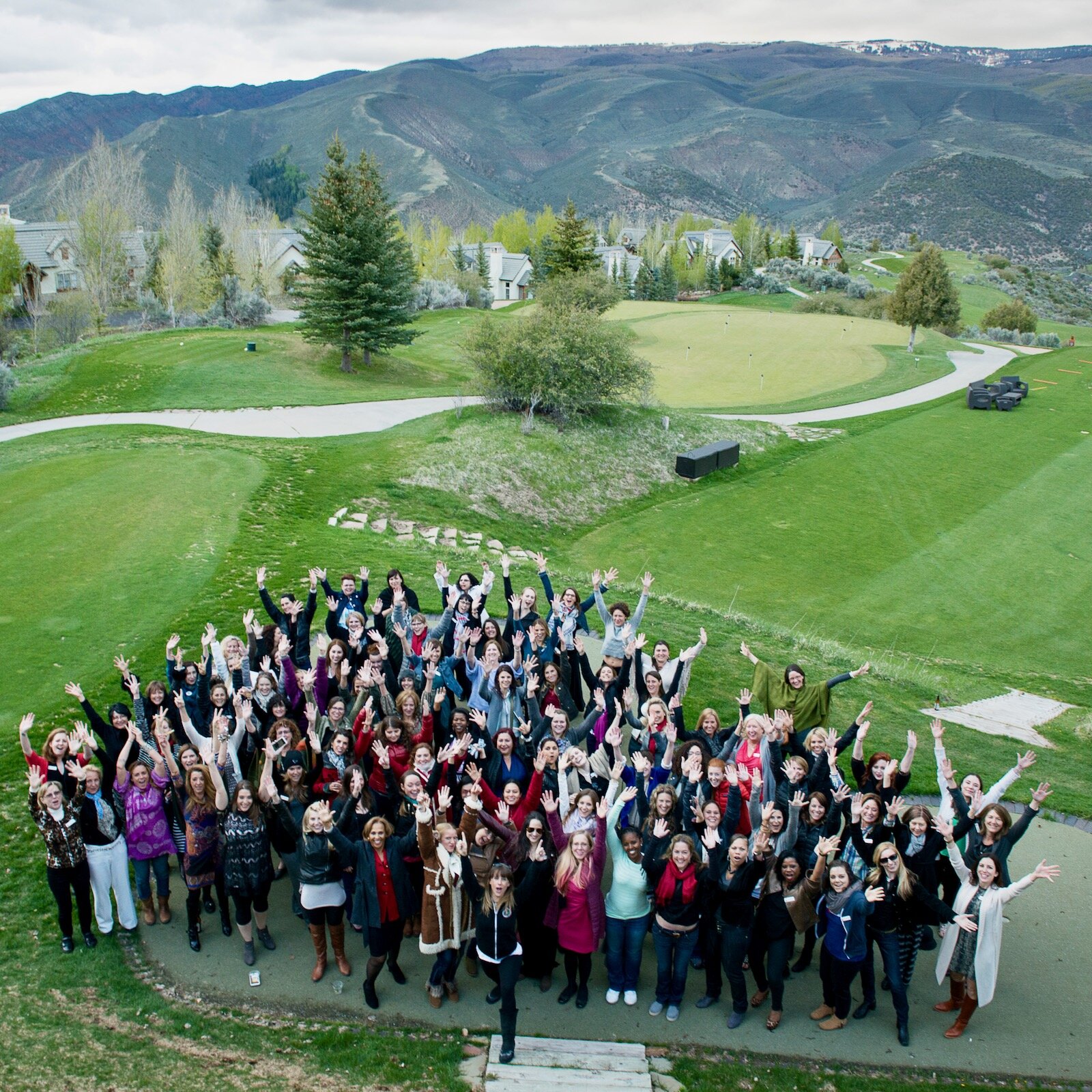
6 Practices to Support You Launching On Time Every Time

Jazmin in Mary Janes: Women of Weed Documentary

50 Things Your Customers Won’t Tell You
